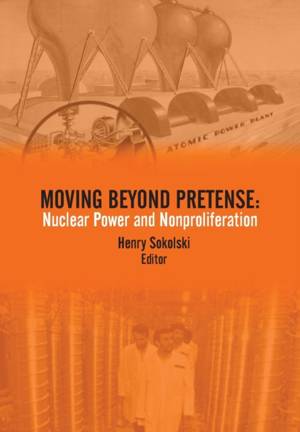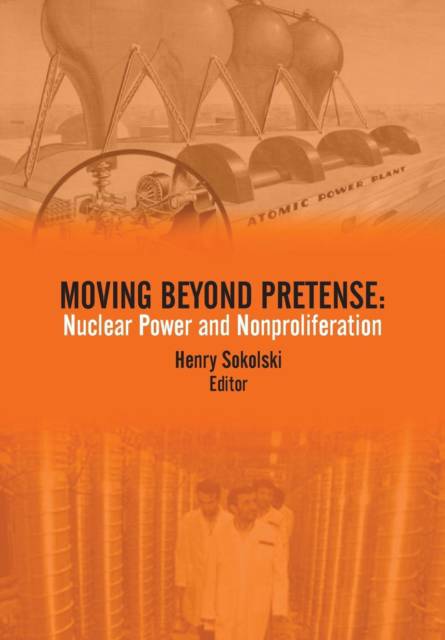
- Afhalen na 1 uur in een winkel met voorraad
- Gratis thuislevering in België vanaf € 30
- Ruim aanbod met 7 miljoen producten
- Afhalen na 1 uur in een winkel met voorraad
- Gratis thuislevering in België vanaf € 30
- Ruim aanbod met 7 miljoen producten
Zoeken
Moving Beyond Pretense
Nuclear Power and Nonproliferation
Strategic Studies Institute
Paperback | Engels
€ 45,95
+ 91 punten
Omschrijving
The U.S. President and nearly all his critics agree that the spread of nuclear weapons and the possibility of their seizure and potential use is the greatest danger facing the United States and the world. Looking at the way government and industry officials downplay the risks of civilian nuclear technology and materials being diverted to make bombs, one would get almost the opposite impression. In fact, most governments have made the promotion of nuclear power's growth and global development a top priority. Throughout, they have insisted that the dangers of nuclear weapons proliferation are manageable either by making future nuclear plants more "proliferation-resistant" or by strengthening International Atomic Energy Agency safeguards and acquiring more timely intelligence on proliferators. How sound is this view? How useful might civilian nuclear programs be for states that want to get nuclear weapons quickly? Are current International Atomic Energy Agency nuclear safeguards sufficient to block military nuclear diversions from civilian programs? Are there easy fixes to upgrade these controls? How much can we count on more timely intelligence on proliferators to stem the further spread of nuclear weapons? This volume taps the insights and analyses of 13 top security and nuclear experts to get the answers. What emerges is a comprehensive counternarrative to the prevailing wisdom and a series of innovative reforms to tighten existing nuclear nonproliferation controls. For any official, analyst, or party concerned about the spread of nuclear technology, this book is essential reading.
Specificaties
Betrokkenen
- Auteur(s):
- Uitgeverij:
Inhoud
- Aantal bladzijden:
- 518
- Taal:
- Engels
Eigenschappen
- Productcode (EAN):
- 9781782666905
- Verschijningsdatum:
- 17/06/2014
- Uitvoering:
- Paperback
- Formaat:
- Trade paperback (VS)
- Afmetingen:
- 170 mm x 244 mm
- Gewicht:
- 816 g

Alleen bij Standaard Boekhandel
+ 91 punten op je klantenkaart van Standaard Boekhandel
Beoordelingen
We publiceren alleen reviews die voldoen aan de voorwaarden voor reviews. Bekijk onze voorwaarden voor reviews.











